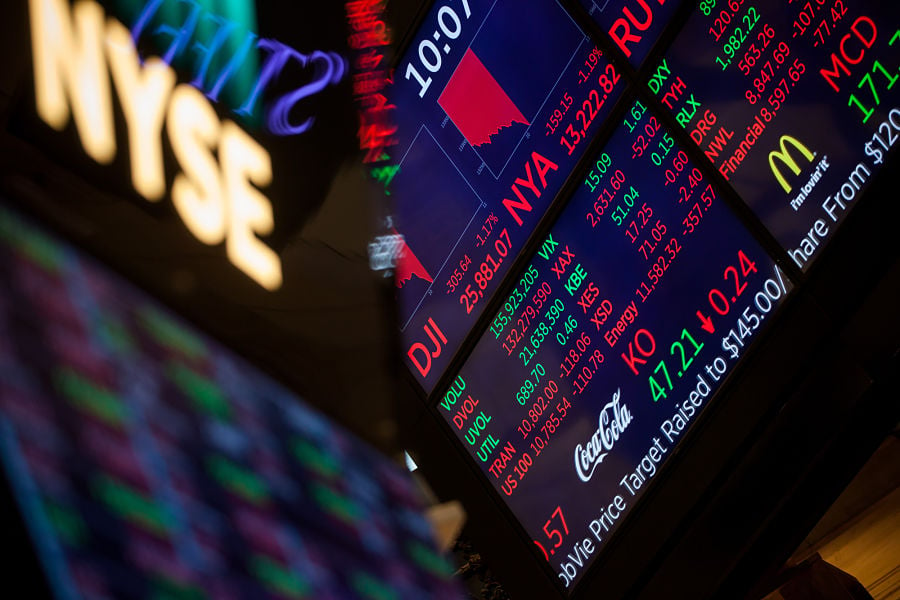The stock
market's volatility over the past several months has generally favored actively managed investment strategies, in a switch from passive strategies' generally stronger performance in recent years. But the biggest surprise so far this year is mid-cap growth funds.
This year through Tuesday,
the mid-cap growth category is up an average of 18.2%, making it the hottest fund category of 2019, according to Morningstar Inc.
For some financial advisers, the mid-cap rally is an inevitable snapback from the category's
subpar performance last year.
"We slightly increased our allocation to mid-caps this year based on the underperformance relative to large caps last year," said Tim Holsworth, president of AHP Financial Services.
"We were hoping that the Trump tax cuts would finally add some fuel to the mid-cap fire," Mr. Holsworth said.
The mid-cap surge this year, which compares to a 15.3% category-average gain by large-cap growth funds and a 12.7% increase in the S&P 500 Index, is a pleasant if somewhat mysterious surprise.
"I'm surprised and I'm not surprised, because we don't pretend to know when these categories are going to outperform other asset classes," said Edward Snyder, co-founder and president of Oaktree Financial Advisors, which has been equal-weighting mid-cap equities in client portfolios.
"I honestly don't know why they're outperforming this year,"Mr. Snyder said. "But I don't need to know why. That's what diversification is about."
The mid-cap category's rally this year compares with its decline of 6.7% last year, when the S&P lost 4.4%.
The large-cap growth fund category was down just 2.1% last year, which made a case for active management in times of market volatility.
Small-cap growth funds are wedged between mid- and large-cap funds, with a 16.2% gain this year, and a 5.8% decline last year.
"Active managers that stayed risk-on into 2019 have been rewarded," said Todd Rosenbluth, director of mutual fund and ETF research at CFRA.
The mid-cap category is often overlooked or at least overshadowed by the higher-profile large-cap category and the generally higher-performing small-cap category. Its performance this year underscores the benefits of full diversification.
"We know that mid-cap equities tend to get ignored by investors despite some very strong characteristics," Mr. Rosenbluth said. "This year the earnings projections have been better for mid-caps, and, in many cases, they also pay dividends, which offers an important income component when volatility strikes."
The standout in the mid-cap category both this year and over the trailing 12 months is the $815 million
Morgan Stanley Institutional Discovery Fund (MACGX).
The fund, which has a 1.02% expense ratio and an 86% annual turnover rate, is up more than 33% this year and has a 12-month trailing return of 26.2%. Perhaps most impressive is the fund's 11.8% gain last year, which followed a 38.9% gain for 2017.







